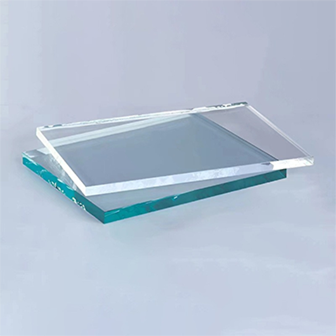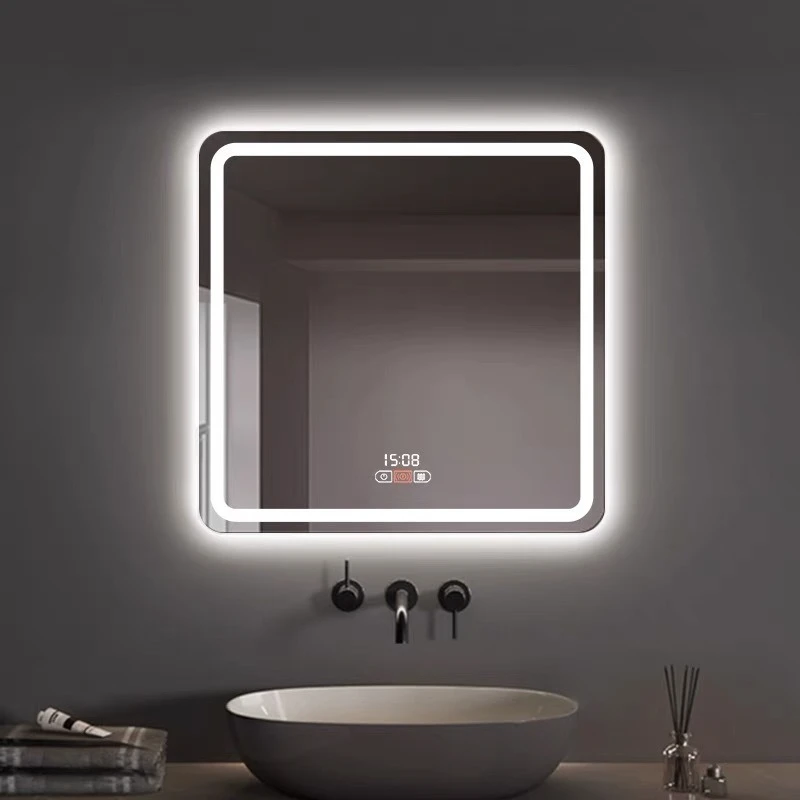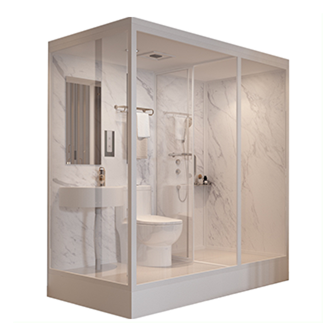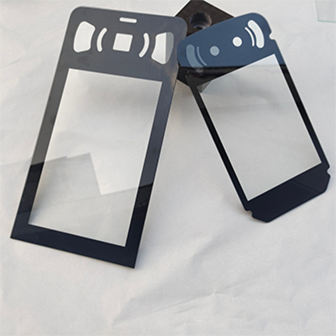Nov . 17, 2025 17:18 Back to list
Types of Reflective Glass
Reflective glass has become an essential material in today’s construction and architectural industries. From high-rise buildings and commercial storefronts to residential window systems and decorative interiors, reflective glass enhances energy efficiency, reduces glare, improves privacy, and adds a stylish modern aesthetic. As demand for sustainable and visually striking building materials continues to grow, understanding the types of reflective glass and their advantages is crucial for architects, designers, builders, and homeowners.
This comprehensive guide explores the most common categories of reflective glass, their features, typical applications, and how they contribute to better building performance.
What Is Reflective Glass?
Reflective glass is a specially treated glass surface coated with thin metallic layers — often chromium, titanium, aluminum, or stainless steel compounds. These metallic coatings allow the glass to reflect a portion of solar radiation, improving solar control and reducing energy consumption.
In simple terms:
Reflective glass allows natural light in, while reducing heat and glare.
Its mirror-like appearance also adds privacy during daytime and gives buildings a modern, finished look that is highly valued in architectural design.
1. Solar Control Reflective Glass
Solar control reflective glass is designed to reduce the amount of solar heat entering a building. It is particularly popular in hot climates, commercial towers, and buildings with large glass façades.
Key Features
-
·Reflects a high percentage of solar radiation
-
·Helps maintain cooler indoor temperatures
-
·Reduces reliance on air conditioning
-
·Lowers energy bills
-
·Available in multiple colors (blue, bronze, gray, green)
Best Applications
-
·Commercial office buildings
-
·Airports and shopping centers
-
·High-rise residential towers
-
·Curtain wall systems
If your project requires a balance of visibility and thermal comfort, this type of reflective glass is one of the most efficient options.
2. Hard-Coated Reflective Glass
Hard-coated reflective glass is manufactured using a pyrolytic process, in which metal oxides are fused onto the glass surface at high temperatures. This creates a highly durable, long-lasting coating.
Key Features
- Highly resistant to scratches
- Ideal for single-glazed installations
- Can be easily cut, tempered, bent, or laminated
- Suitable for harsh environmental conditions
Best Applications
- Exterior windows
- Spandrel panels
- Skylights
- Safety glass products
The strong durability of hard-coated reflective glass makes it perfect for buildings that face extreme weather or heavy use.
3. Soft-Coated (Low-E Reflective) Glass
Soft-coated reflective glass, also known as Low-E (Low Emissivity) reflective glass, is produced using a magnetron sputtering process. This results in a high-performance coating that provides superior energy efficiency.
Key Features
-
Excellent heat insulation
-
Highly effective in reducing UV transmission
-
Improves energy savings in both hot and cold climates
-
Often used in double-glazing systems
Best Applications
-
Residential windows
-
Green buildings
-
Commercial façades requiring high energy performance
Soft-coated reflective glass combines both solar control and insulation, making it a popular choice in sustainable building projects.
4. Tinted Reflective Glass
Tinted reflective glass is created by adding colorants during the manufacturing process, resulting in both aesthetic appeal and improved solar performance.
Common Colors
-
Blue reflective
-
Bronze reflective
-
Gray reflective
-
Green reflective
Key Features
-
Adds visual uniformity and color depth
-
Reduces brightness and glare
-
Enhances privacy
-
Ideal for contemporary architectural styles
Best Applications
-
Hotels
-
Retail stores
-
Modern residential buildings
-
Decorative interior partitions
Tinted reflective glass is often chosen when color and façade aesthetics are priorities.
5. Two-Way and One-Way Reflective Glass
Reflective glass can create either a one-way mirror or two-way visibility, depending on the lighting conditions and coating type.
One-Way Reflective Glass
-
Appears reflective on one side
-
Allows viewing from the opposite side
-
Used for privacy and security applications
Two-Way Reflective Glass
-
Reflective on both sides
-
Standard for architectural façade design
Best Applications
-
Observation rooms
-
Security control centers
-
Private meeting rooms
-
Exterior building windows
Lighting levels play a major role in how reflective effects appear in real use.
6. Laminated Reflective Glass
Laminated reflective glass consists of two or more glass sheets bonded with PVB or EVA interlayers — plus a reflective coating for enhanced performance.
Key Features
-
High safety and impact resistance
-
Excellent sound insulation
-
Strong UV protection
-
Maintains reflective appearance even after breakage
Best Applications
-
Safety glazing
-
High-rise buildings
-
Schools and hospitals
-
Areas requiring structural strength and sound control
This type of reflective glass improves both architectural safety and energy management.
7. Insulated Reflective Glass (Reflective IGU)
Insulated reflective glass units combine reflective coatings with double or triple glazing to achieve top-tier energy efficiency.
Key Features
-
Superior thermal insulation
-
Reduced condensation
-
Ideal for cold climates
-
Offers balanced daylighting and comfort
Best Applications
-
Eco-friendly buildings
-
Passive house projects
-
Commercial energy-saving design
This glass type is widely used for buildings pursuing LEED or green certification.
Choosing the Right Type of Reflective Glass
When deciding which reflective glass is best for a project, consider the following factors:
-
Climate: Hot climates require solar control; cold climates need Low-E insulation.
-
Building purpose: Commercial buildings often need higher reflectivity and UV control.
-
Aesthetic goals: Tinted reflective glass provides style, color, and visual uniformity.
-
Energy performance: IGU and soft-coated options offer the best insulation.
-
Safety requirements: Laminated reflective glass provides enhanced security.
Working with a trusted manufacturer ensures that performance, durability, and design are all properly balanced.
Reflective glass plays an important role in modern architecture by improving energy efficiency, enhancing privacy, and elevating building aesthetics. With many types of reflective glass available — including solar control, tinted, laminated, insulated, and Low-E reflective glass — architects and builders can choose the perfect material based on climate, design goals, and performance needs.
Whether you're constructing a commercial tower, renovating a modern home, or designing a sustainable building, understanding these glass types helps you choose the best option to achieve beauty, comfort, and efficiency.
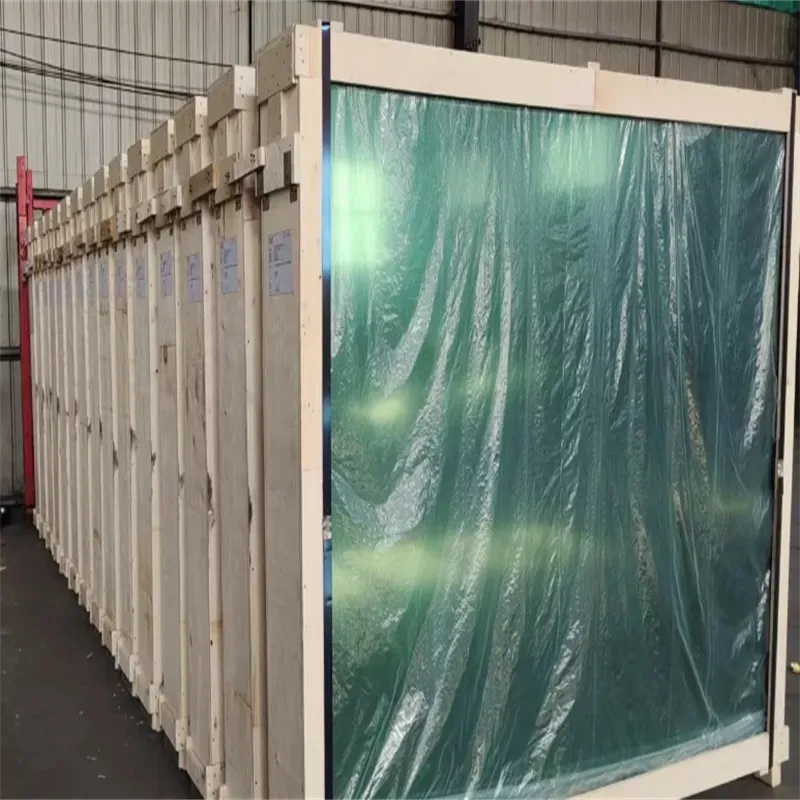
Related PRODUCTS
Sep . 16, 2024 16:12 Back to list
types of reflective glass
Types of Reflective Glass
Reflective glass is a popular architectural and design material renowned for its aesthetic appeal and functional benefits. It serves not only as an attractive finish for buildings but also enhances energy efficiency and privacy. The reflective properties of glass can vary significantly based on its type, treatment, and application. Understanding the different types of reflective glass can help architects, designers, and consumers make informed choices.
One of the most common types of reflective glass is low-emissivity (Low-E) glass. This glass features a special coating that reflects heat but allows natural light to enter. Low-E glass is particularly useful in climates where heating and cooling costs are a concern. It helps maintain comfortable indoor temperatures while reducing energy waste. The coating consists of thin layers of metal or metallic oxide that are virtually invisible, ensuring that aesthetics are not compromised.
Another prevalent type is tinted reflective glass. This glass is infused with metallic or ceramic particles during the manufacturing process, allowing it to absorb solar energy and reflect heat while reducing glare. Tinted glass is available in various shades, giving designers flexibility in achieving the desired look. It is widely used in commercial buildings and skyscrapers, providing a sleek appearance and enhancing privacy, as it minimizes the visibility of the interior spaces from the outside.
types of reflective glass

Mirrored glass is also a notable category within reflective glass types. Often used in decorative applications, mirrored glass has a highly reflective surface that creates an attractive visual effect. It is commonly seen in stores, restaurants, and residential interiors, adding depth and style to spaces. However, mirrored glass provides less thermal insulation than Low-E or tinted glass and is primarily used for aesthetic purposes.
Furthermore, solar control glass is another innovative type of reflective glass designed to regulate solar heat gain. This type of glass can be treated with various coatings that reflect a significant amount of solar energy while allowing light to pass through. It is particularly beneficial in climates with excessive sunlight, as it reduces the need for air conditioning and enhances occupant comfort.
Lastly, laminated reflective glass combines the properties of traditional glass with a layer of polymer interlayer. This enhances safety and security while maintaining reflective qualities. Laminated glass is often used in areas where safety and sound insulation are priorities, making it a versatile option for both commercial and residential buildings.
In conclusion, the different types of reflective glass each offer unique advantages that cater to varying architectural needs. From energy efficiency to aesthetic appeal, understanding these types can help in selecting the right glass for any project, enhancing both functionality and beauty in design. As technology advances, we can expect further innovations in reflective glass, making it an ever-evolving element of modern architecture.
-
Types of Reflective Glass
NewsNov.17,2025
-
What Is Dichroic Glass?
NewsNov.17,2025
-
Smart LED mirrors can have touch controls
NewsNov.17,2025
-
Laminated glass improves energy efficiency
NewsNov.17,2025
-
Insulated glass enhances building comfort
NewsNov.17,2025
-
Acid etched glass offers elegant privacy
NewsNov.17,2025
Related PRODUCTS


